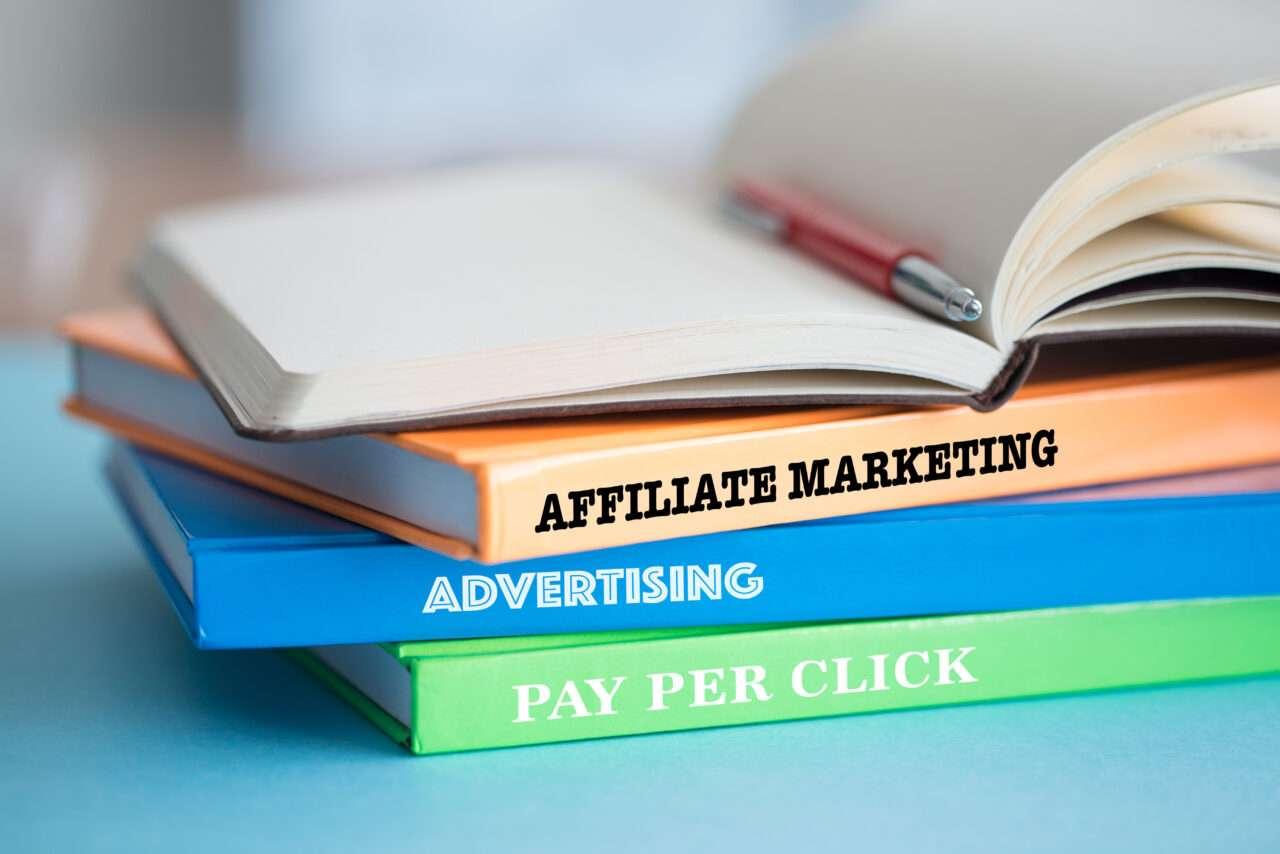Affiliate marketing and influencer marketing are marketing terms that are often used interchangeably, most likely because they have the same goal: partnering with third parties to handle some of your marketing.
These affiliates and influencers do not work directly for your company, but rather are contracted to deliver the additional eyeballs, clicks, page views, and sales that augment your own internal marketing efforts .
However, affiliate marketing and influencer marketing are actually quite different, and it’s important to explore these distinctions, since they affect your day-to-day marketing operations and tracking. Let’s have a look.
The Fundamental Difference Between Affiliate Marketing and Influencer Marketing
In affiliate marketing, a company or a brand partners with affiliates, who are publishers adept at creating websites and digital properties that promote the products or others. Affiliates do this for revenue: they are paid a share of the sales they help generate with their marketing efforts, be it from a website, social media account, or even app. This compensation structure essentially serves as an extension of a company’s performance marketing initiatives — PPC or SEM — and is considered one of the most cost-effective acquisition channels. In fact, oftentimes affiliates can advise the brand on key content, design, and technology that produce the strongest ROI.
Influencer marketing, on the other hand, isn’t as sales-driven. Of course, influencers would welcome any sales, but they typically partner with a brand when that brand wants to increase brand awareness and engagement, and vice versa. Influencers typically get paid a flat fee to endorse a product, although sometimes the pay is simply free product.
In short, affiliate programs are primarily geared toward new-customer acquisition and top-line revenue growth, whereas influencer marketing tends to focus more on brand awareness.
These differences are summarized in the table:
| Affiliate Marketing | Influencer Marketing | |
| Reporting | Sales, orders, paid subscriptions; conversion rate; registrations, email sign-ups; new vs. returning customers; average order value (AOV); cost per acquisition (CPA); customer lifetime value (CLV) | Social media engagement (shares, likes, comments, etc.); email sign-ups; Google Analytics (new visitors, site traffic, etc.) |
| Compensation | Revenue share of a sale | Flat fees, such as per post; free product |
| Business’ Goal | Sales | Brand awareness |
| Their Goal | Sales; building their lists, increasing the domain authority of their sites | Brand awareness; free products |
| Where to Find Them | Trade publishers, trade events, social networks | Social networks, industry events |
However, the lines can often get blurred. Some influencers quickly grow the audiences of their digital properties, such as their Instagram and TikTok followers, and eventually discover ways to convert those followers to sales. In addition to likes, comments, shares, and new followers, these influencers-turned-affiliates will provide links which their followers can tap to make in-app purchases. In this regard, the influencer has become an affiliate.
Jake Wengroff writes about technology and financial services. A former technology reporter for CBS Radio, he covers such topics as security, mobility, e-commerce, and the Internet of Things.

